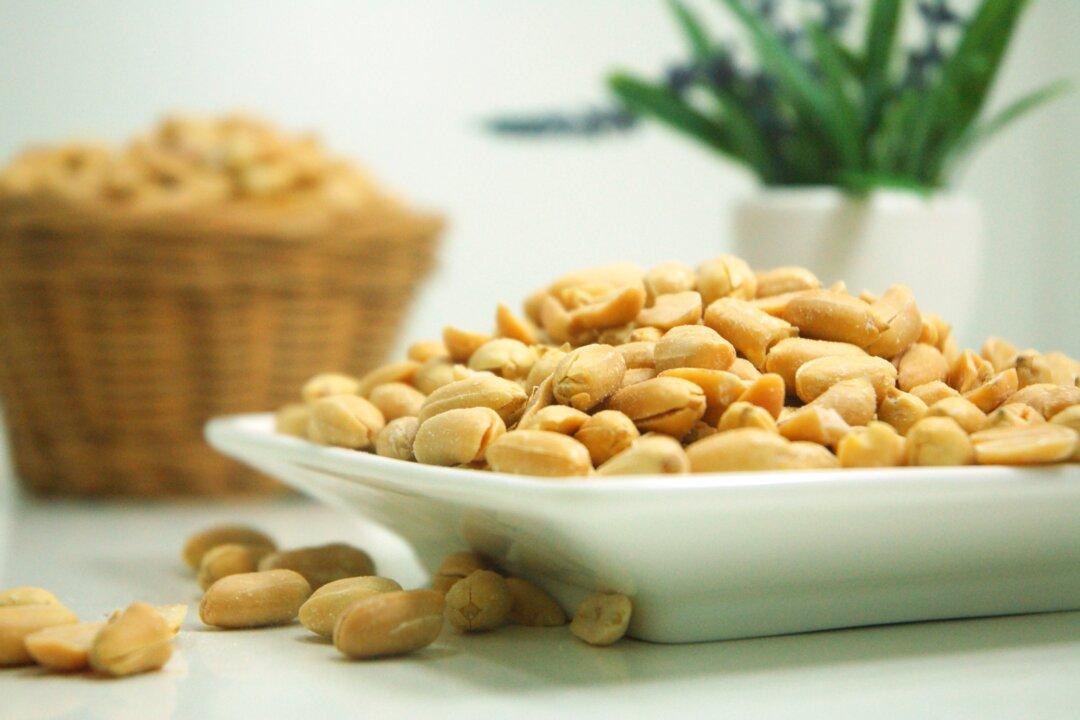Researchers from the Murdoch Institute have identified the genetic mechanism behind their peanut allergy remission therapy, with the potential for it to be applicable across other allergies.
“What we found was profound differences in network connectivity patterns between children who were allergic and those who were in remission,” said lead researcher Dr. Mimi Tang on May 24.





